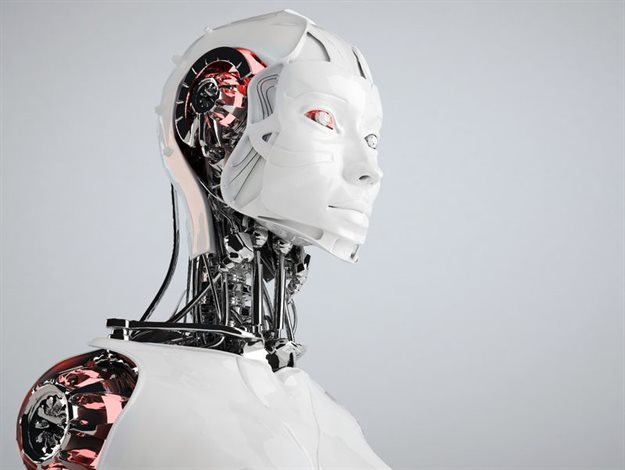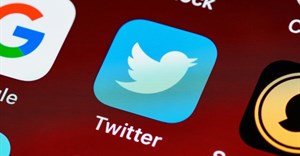What are the IP implications of virtual reality?

In the mainstream, we have seen avatars, being animated, virtual representations, or icons, of ourselves, used on social media to broaden the ways in which we can interact and express ourselves on these platforms. Avatars and virtual reality present various interesting legal issues, including a range of intellectual property (IP) implications. Film makers, animators, video game makers and others, need to bear IP issues in mind to avoid their virtual conduct spilling over into real life legal disputes.
Personality property rights
The first potential legal issue to consider when dealing with avatars and virtual reality would be personality property, or identity, rights. These rights are enjoyed by each of us and protect all aspects of our personal identity and expressions of our character, including the right to benefit commercially from the exploitation of these. Celebrity endorsements, for example, are a common marketing practice, and where celebrities are concerned, identity rights undoubtedly have monetary value. It goes without saying that an avatar of a celebrity to be used in advertising, cannot be used without that celebrity’s consent.
The creation and use of an avatar of an individual without his or her consent may also, very arguably, infringe that person’s right to privacy.
There are perhaps instances where a competing right, such as the right to freedom of expression, may outweigh the individual’s identity rights. An artist’s satirical depiction of a politician in a virtual medium may, for example, be found permissible. Each case will have to be assessed on its own facts, but it is important to bear personality property rights in mind before creating avatars of individuals, particularly where the intention is to use them commercially.
Trade mark rights
Where a trade mark is used in a virtual setting without consent, that use may constitute trade mark infringement.
A few interesting questions arise when considering virtual trade mark use. In order to constitute trade mark infringement, the use in question must be “trade mark use”. In other words, the trade mark must be used in a way that communicates a brand origin and not be entirely background or incidental in nature. The use must not take unfair advantage of, or be detrimental to, the distinctive character or repute of a mark.
A question to consider is whether a trade mark registered for actual “real life” goods, would extend protection to virtual, intangible goods. There are many virtual worlds in which one can purchase and pay for virtual goods, to be used in that particular world. If these virtual goods are branded, and without authorisation from the trade mark owner, this unauthorised use may very well constitute trade mark infringement.
Copyright
Copyright issues are certainly likely to arise in the virtual reality realm.
Most of us were introduced to avatars through the medium of video games, and it is through this medium that a very interesting court case, dealing with avatars and copyright, came up for consideration in the United States in Solid Oak Sketches, LLC v 2K Games, Inc.
An entity called Solid Oak Sketches LLC, in a rather astute business move, acquired the licences to the copyright in tattoos of various celebrities.
2K Games, Inc and Take-two Interactive Software, Inc the companies responsible for the popular basketball video game NBA 2K, found themselves on the receiving end of a copyright infringement claim from Solid Oak Sketches. They had created avatars of well-known basketball players who appeared in the NBA 2K game and the players’ tattoos appeared on their avatars. According to Solid Oak Sketches, the unauthorised reproductions of the tattoos in the game amounted to copyright infringement.
The first interesting issue to consider is whether or not a tattoo could be a copyright work in the first place. Applying South African law, in order to constitute a copyright work, a tattoo must be original. The bar for originality in copyright is not particularly high, and if some individual artistic effort and skill went into its creation, that will suffice. If the tattoo is reduced to a material form, even if that is on someone’s skin, copyright will subsist. A tattoo would be an “artistic work” as defined in terms of the Copyright Act of 1978, and the artist would own the copyright in it, unless the copyright is transferred to someone else. In the United States, it is also recognised that a tattoo can be an artistic work capable of copyright protection, so in principle Solid Oak Sketches could indeed assert copyright in tattoos.
Of course, because of the nature of tattoos, a copyright work applied to a person’s skin, a commonsense approach must be taken. There is certainly an implied licence that the person being tattooed will use the tattoo in his/her everyday life, including being photographed, or otherwise depicted.
The difficulty in the NBA2K case is that it was not photographs or real-life footage of the actual players that had been used, but virtual depictions of them.
The Court considered the parties’ arguments and held that the use of the tattoos in the game was insubstantial and “indiscernible to the average user”. Afterall, the disputed tattoos appeared on only a handful of over 400 players featured in the game, and the focus of the game was basketball, not tattoos.
The court also found that creating realistic depictions of the players amounted to fair use, particularly in view of the indistinct manner in which they appeared in the game. The players in issue also provided affidavits confirming that they had licenced the use of their likenesses to the NBA, and it had in turn authorised the use of depictions of them in the NBA2K game. The use was therefore with authorisation, particularly given that the players themselves, when they were tattooed (i.e. before Solid Oak Sketches acquired its licences), had been granted implied licences in respect of the tattoos to use them as part of their likenesses. The players were not disputing the use of the tattoos in the game.
Solid Oak Sketches had argued that it was possible to zoom in on and view, in detail, a particular avatar, including his body art, but failed to adduce sufficient evidence of this allegation. The copyright infringement claim was, therefore, dismissed.
This does not, however, mean that video game makers and others have free reign to use avatars, trade marks or copyright works (including tattoos), in virtual reality. To ensure that no third party rights are being infringed, and that no claims of infringement follow, intellectual property intended to be used in virtual reality must be assessed carefully and, where necessary, appropriate licences to use such intellectual property must be obtained. It would be prudent for those already involved in, or seeking to become involved in, virtual reality, to seek legal advice pertaining to IP rights in the virtual space.















